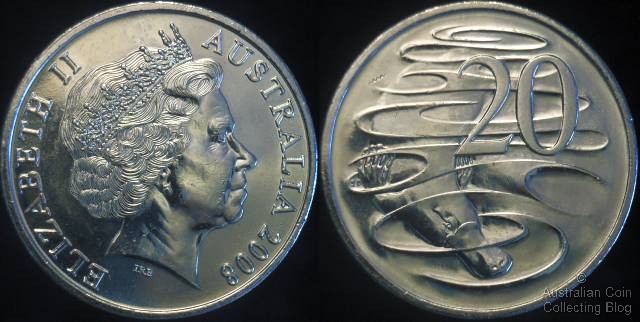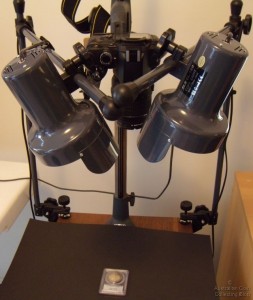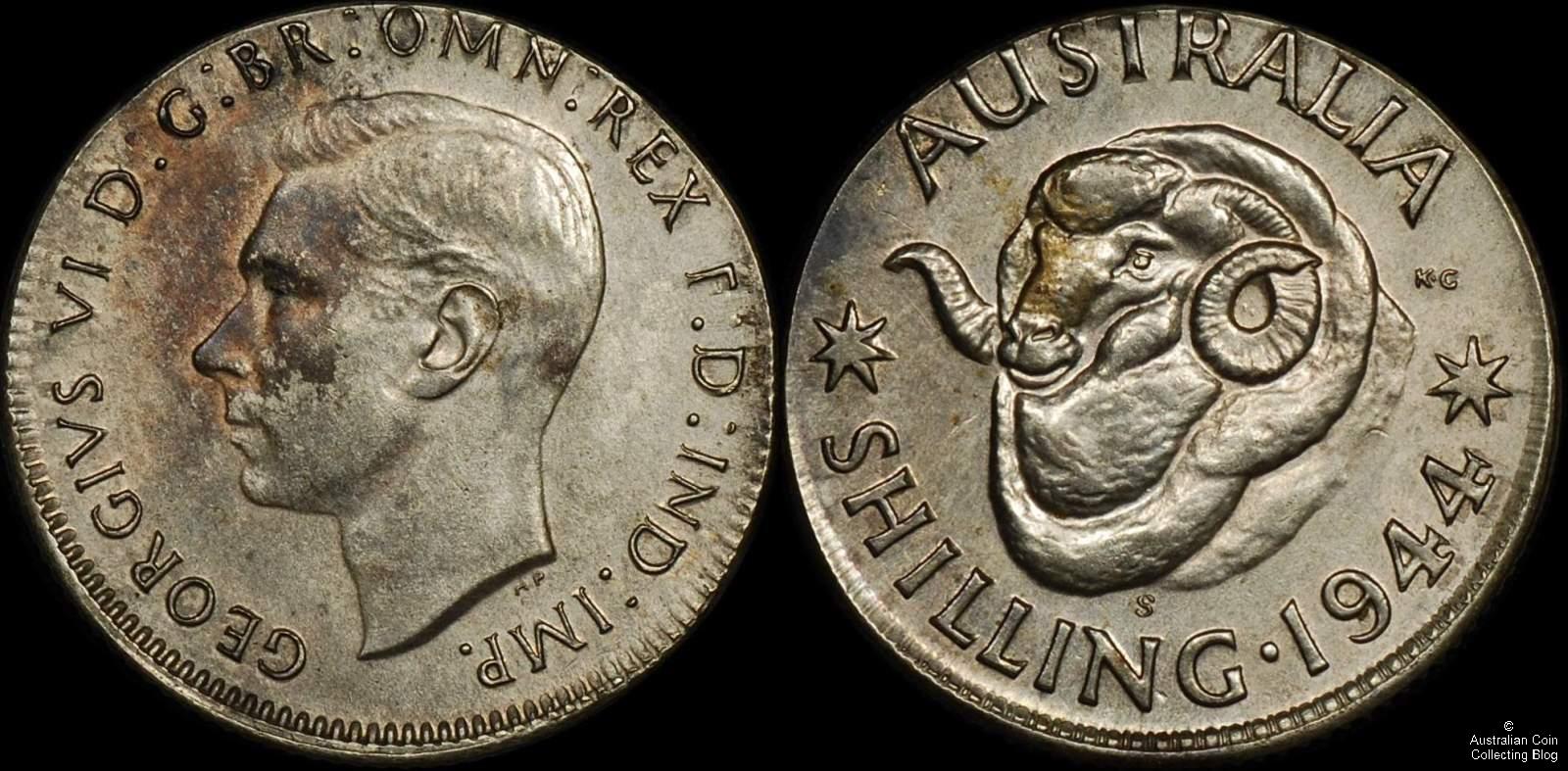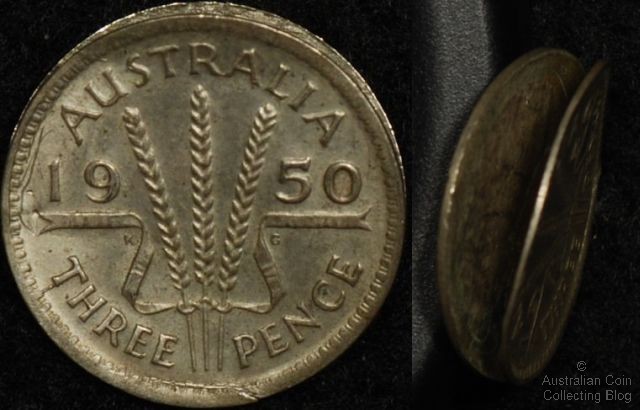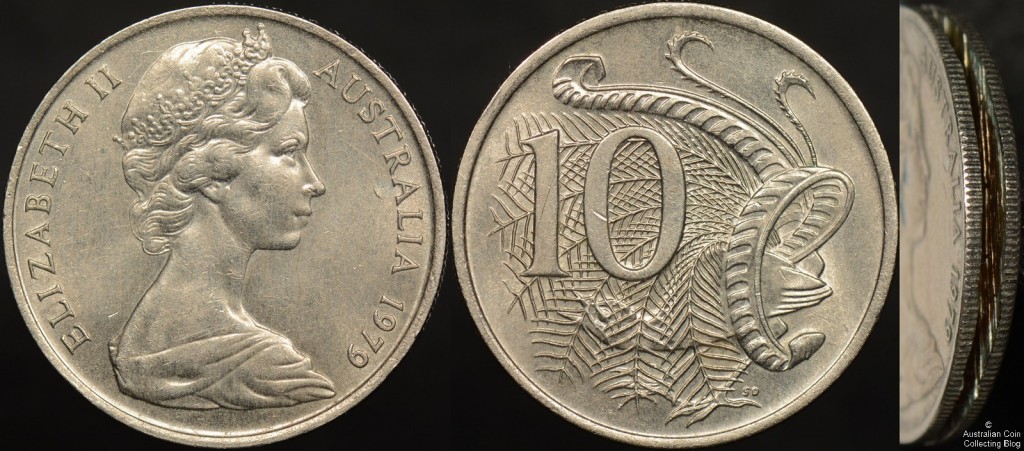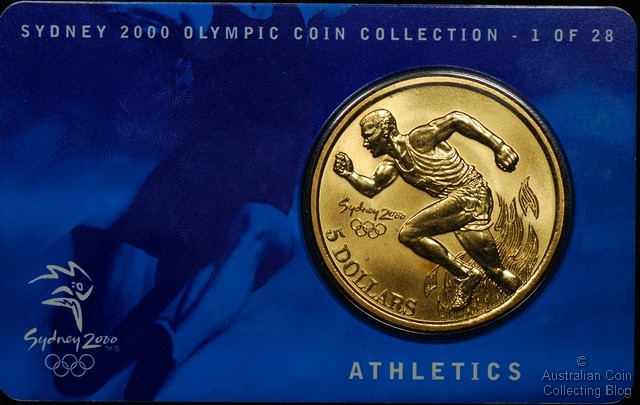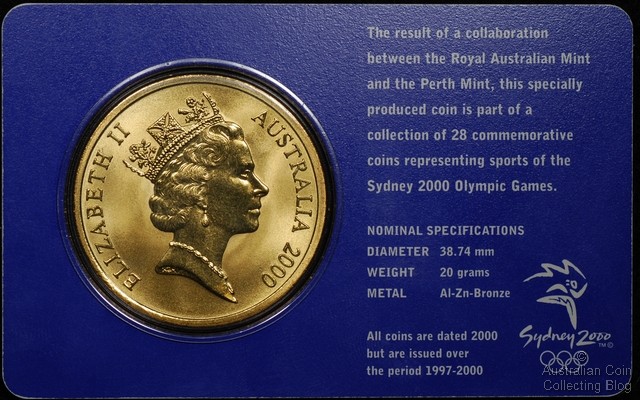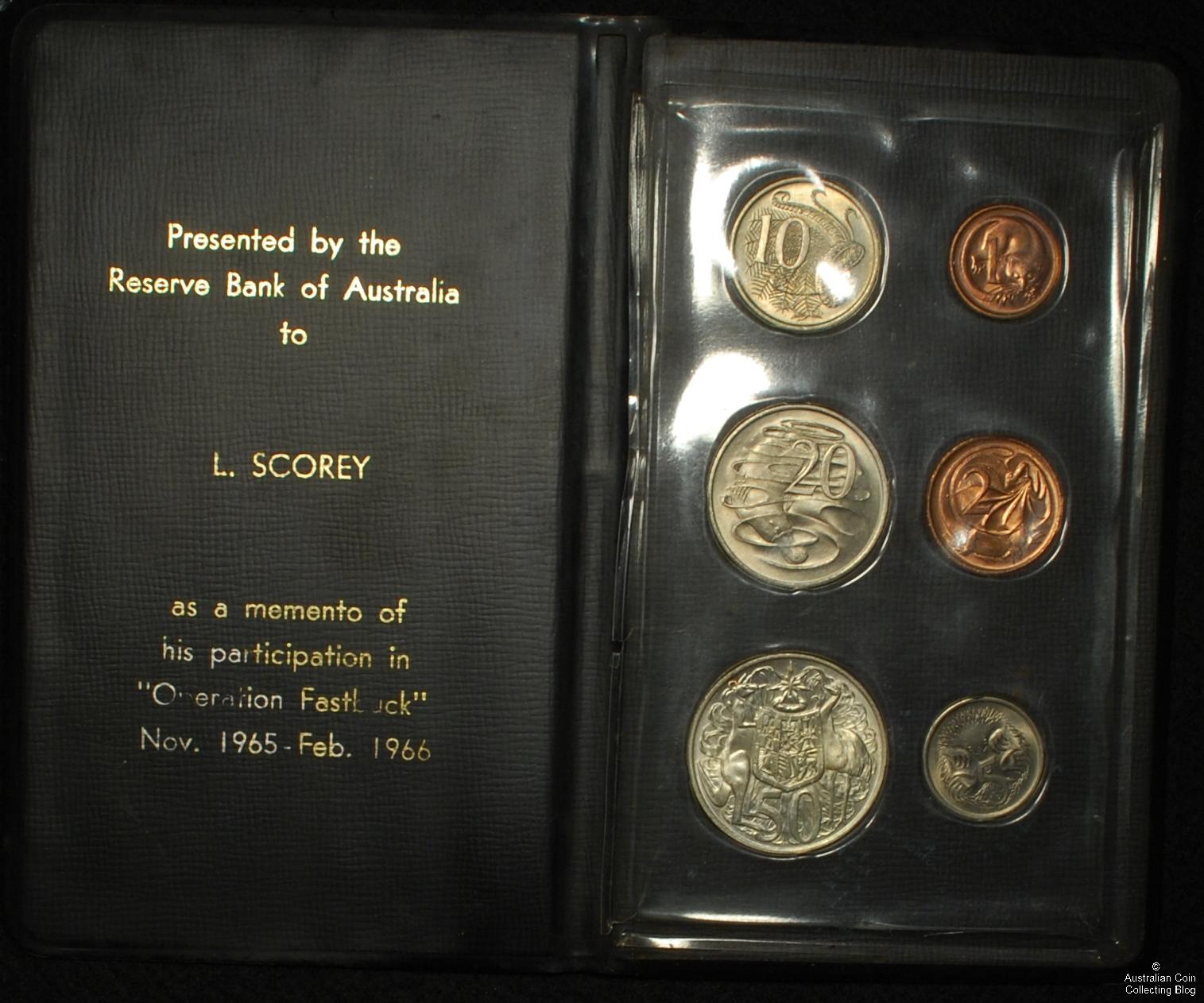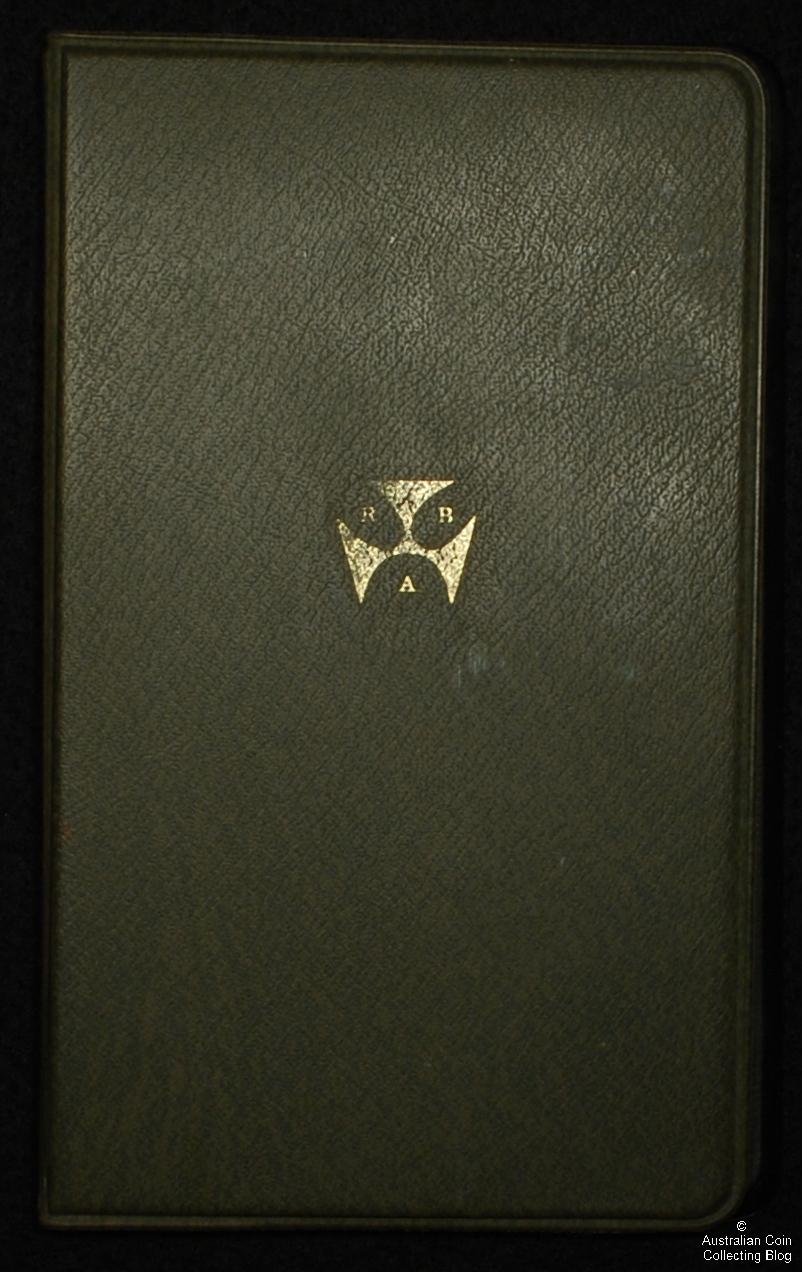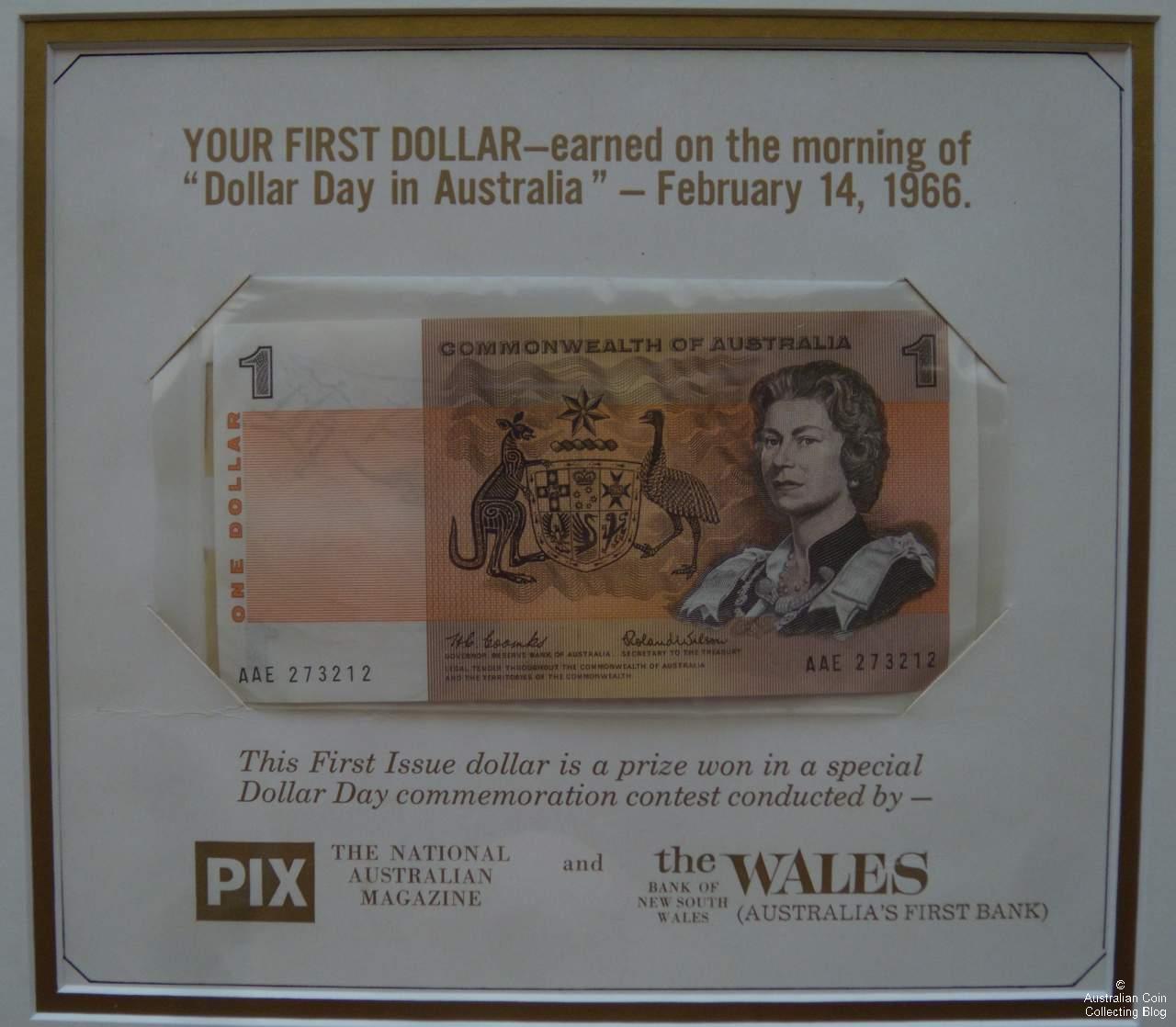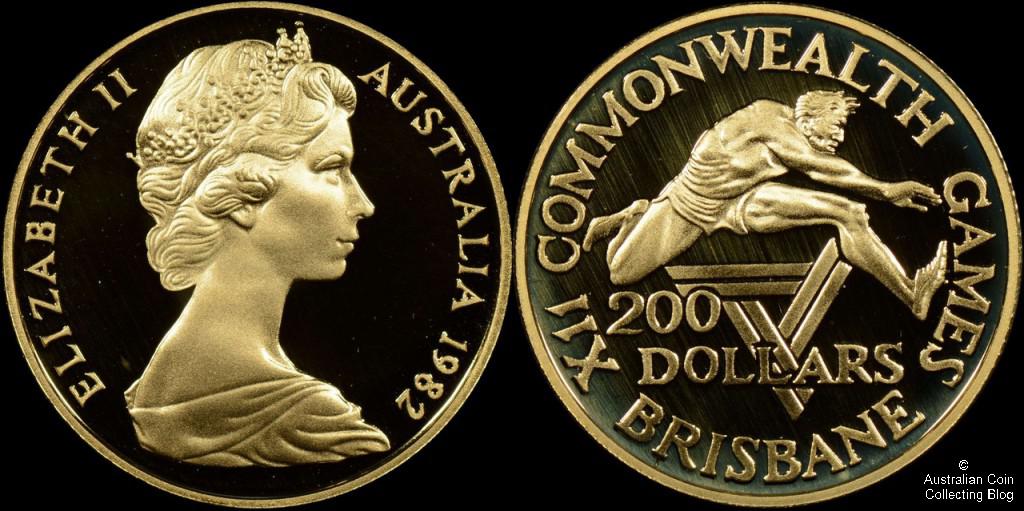The Australian 20c coin is made from 75% copper and 25% nickel (cupro-nickel), is 28.52mm in diameter and weighs 11.31grams. It has a reeded edge. The standard circulation design is the platypus by Stuart Devlin and was first issued in 1966 at Australia’s changeover to decimal currency. Below is a list of circulation and commemorative issues of the 20c piece.
Stuart Devlin’s platypus 20c standard circulation design:
Coins released into circulation:
1966-1982, 1985-1987, 1994, 1996-2011
Coins released in mint sets only:
1986-1987, 1989-1993, 1995
There is conjecture over 20c coins issued in 1983, 1984 and 1988. Whilst coins were minted for circulation, most of these were melted down. It’s unclear how many were actually released.
Commemorative Coins
1995 50th Anniversary of the United Nations 20c -circulation
2001 Sir Donald Bradman Tribute 20c -circulation
2001 Centenary of Federation State Series 20c
–New South Wales (NSW) 20c -circulation
–Australian Capital Territory (ACT) 20c -circulation
–Queensland (Qld) 20c -circulation
–Victoria (Vic) 20c -circulation
–Norfolk Island 20c -circulation
–Northern Territory (NT) 20c -circulation
–South Australia (SA) 20c -circulation
–Western Australia (WA) 20c -circulation
–Tasmania 20c -circulation
2003 Volunteers 20c -circulation
2005 60th Anniversary of WWII Coming Home 20c -circulation
2007 Surf Lifesaver 20c -NCLT
2008 Year of Planet Earth 20c -NCLT
2009 Year of Astronomy 20c -NCLT
2009 Australia Remembers Service Nurses 20c -NCLT
2010 Burke and Wills -NCLT
2010 Australia Remembers Fromelles 20c -NCLT
2011 Australian Wool 20c -NCLT
2010 Tax Office 20c -circulation
2011 The Ashes 20c -NCLT
2011 International Womens Day 20c -circulation
2011 Royal Wedding 20c -circulation
2011 Australia Remembers War Historians 20c -NCLT
2011 10th Anniversary of International Year of Volunteers 20c -circulation
2012 Fields of Gold Australian Wheat 20c -NCLT
2012 Bombing of Australia 1942 Lone Sentry (Shores Under Siege 3 coin Set) 20c -NCLT
2012 Bombing of Australia 1942 Air Raid Shelter (Shores Under Siege 3 coin Set) 20c -NCLT
2012 Merchant Navy Australia Remembers Series 20c -NCLT
2013 Australian Mining 20c (2 coin set)-NCLT
2013 Platypus Selectively gold plated proof 20c (2013 Proof Set)
2013 Platypus Hyper-metallic colour printed uncirculated 20c (2013 Mint Set)
2013 Canberra Centenary 20c -circulation
2013 25th Anniversary of Parliament House -NCLT
2013 Army Chaplains Australia Remembers Series 20c -NCLT
2013 Centenary of Australian Banknotes 20 cent (2 different coins in 3 coin set)
2013 The Ashes 20 cent -NCLT
2014 Australian Comforts Fund Australia Remembers Series -NCLT
2015 ICC Cricket World Cup 20 cent -NCLT mintage capped at 50,000 issue price $12
2015 200th anniversary of the birth of Sir Henry Parkes -NCLT mintage capped at 30,000, issue price $8
2015 800th anniversary of the Magna Carta -NCLT mintage capped at 30,000, issue price $8
2015 Netball World Cup -NCLT mintage capped at 30,000, issue price $12
2015 14 coin 20 cent collection from News Corp ANZACS Remembered
WWI 1914-1918, Mateship, Light Horsemen, Home front, Royal Australian Navy, Remembrance Day, Nurses, Wartime Animals, The Last Post, War Correspondents, Australian Flying Corps, Australian Imperial Force, The Unknown Soldier and Gallipoli Landing.
2015 Coo-ee March. Australia Remembers Series 20c (issue price $10, mintage 30,000)
2016 Dirk Hartog Landfall (400th Anniversary) 20 cent (issue price $10, mintage 20,000)
2016 ANZAC to Afghanistan Set includes 10 x 20c coins.
Fromelles, Rats of Tobruk, Darmin bombing, Bomber command, Thai-Burma railway, Korean war, Peacekeeping, Special forces, Dogs at war and Afghanistan.
2017 75th Anniversary of the Sinking of the SS Vyner Brooke 20c (issue price $10, mintage max 20,000)
2017 Bananas in Pyjamas 25th anniversary coloured 20 cent (issue price in 2 coin set $30, mintage capped at 30,000)
2017 International Day of People with Disability 20c
Articles specific to the 20c piece include the Australian 20c Coins Value Part 1 entry, the Rare Australian Decimal Coins: Part Two- Extreme decimal rarities article which mentions 20c coins struck on a scalloped foreign planchet and a 20c struck on a bi-metal planchet.
All issues of the 20c were struck at the Royal Australian Mint in Canberra with just a few exceptions. In 1966 there are Canberra and London varieties which we’ve looked at in the entry Australian 1966 20c Mint Marks. One die variety minted in London is the rare 1966 Wavy Baseline 20c. The 1981 20c issues also have coins struck in Canberra, The Royal Mint in Wales and the Royal Canadian Mint.
There are also a number of articles in the Coin Errors and Misstrikes master index with specific examples of error 20c coins.
Split Planchet 20c
Clamshell 20c
Clipped planchet and partial collar 20c
Feeder finger jam 20c
